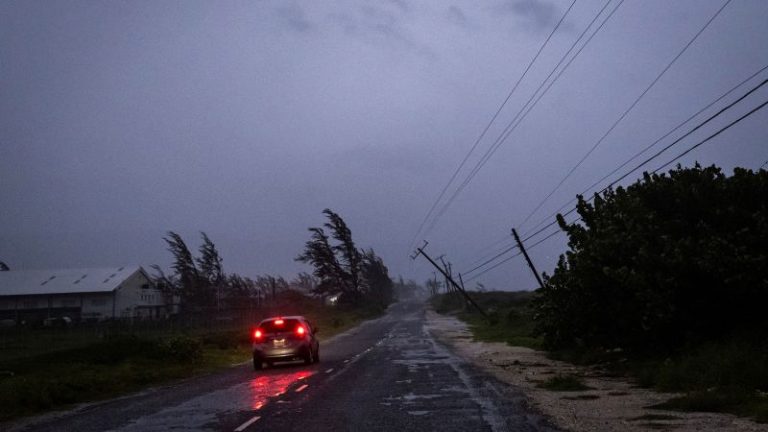Forecasters predict that the 2024 Atlantic hurricane season, which runs from June to the end of November, will be busier than usual.
In April, Colorado State University's Tropical Meteorology Program predicted an “extremely active” hurricane season, predicting 23 named storms, including 11 hurricanes, five of which were major hurricanes.
In May, the NOAA Climate Prediction Center predicted an 85% chance of an above-normal season. It predicts a 70 percent chance of 17 to 25 named storms, with 8 to 13 potentially developing into hurricanes, including 4 to 7 major hurricanes.
Here's information about these damaging storms:
What is a hurricane? The National Weather Service defines a hurricane as a “tropical cyclone with maximum sustained winds of 74 mph (64 knots) or more.”
How are hurricanes rated? Hurricanes are rated based on the intensity of sustained winds on the Saffir-Simpson hurricane scale. Level 1-5 estimates potential property damage.
Category 3 or above is considered a major hurricane.
How are storms named? When wind speeds reach 39 mph, a developing weather system gets its name, a tropical storm.
There have been three named storms – Tropical Storms Alberto and Chris, both of which hit Mexico in June, and now Hurricane Beryl, the earliest Category 5 Atlantic hurricane ever recorded.
Where are the Atlantic hurricanes? These storms affect the Atlantic Ocean, Gulf of Mexico, and Caribbean.
